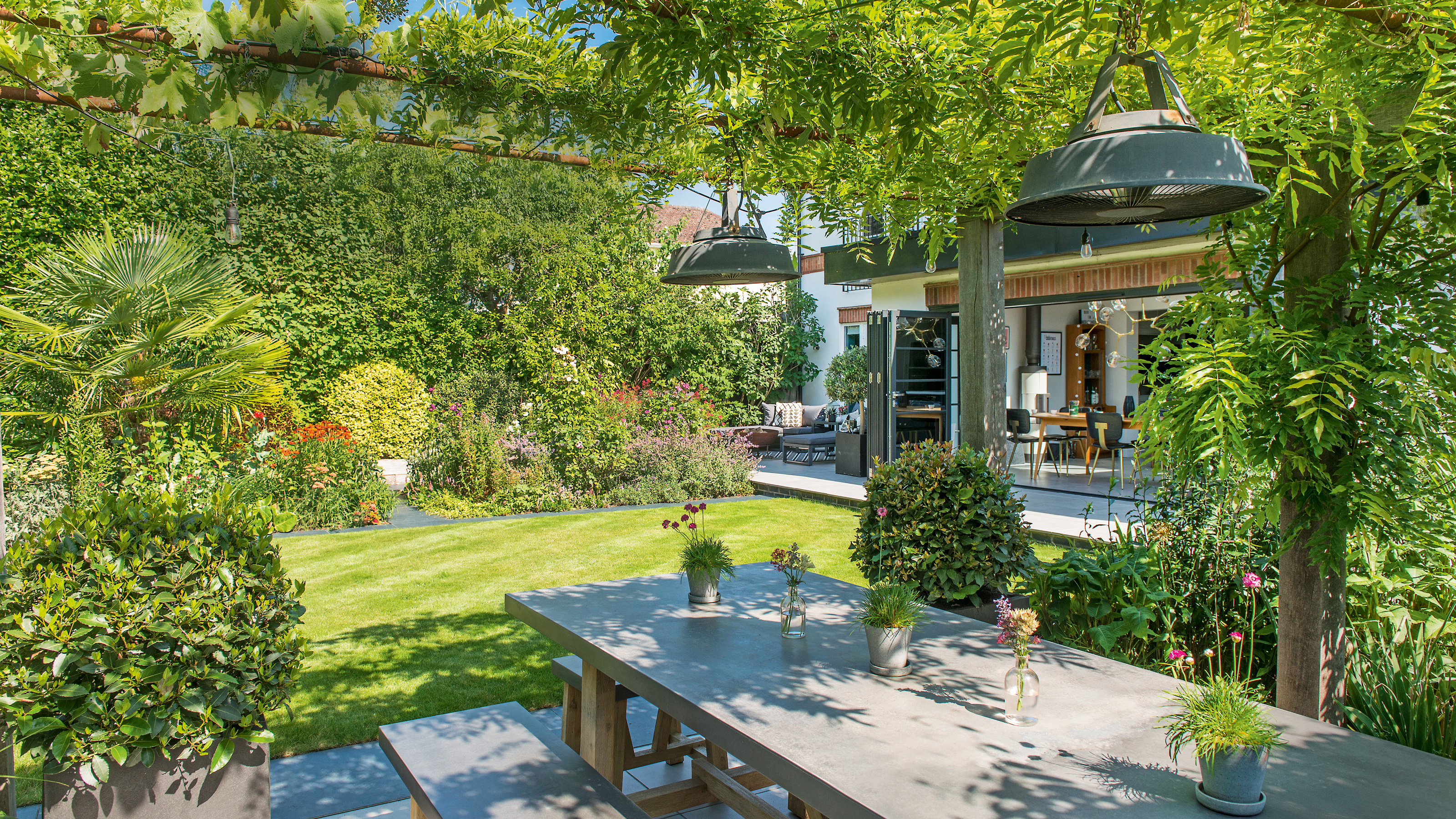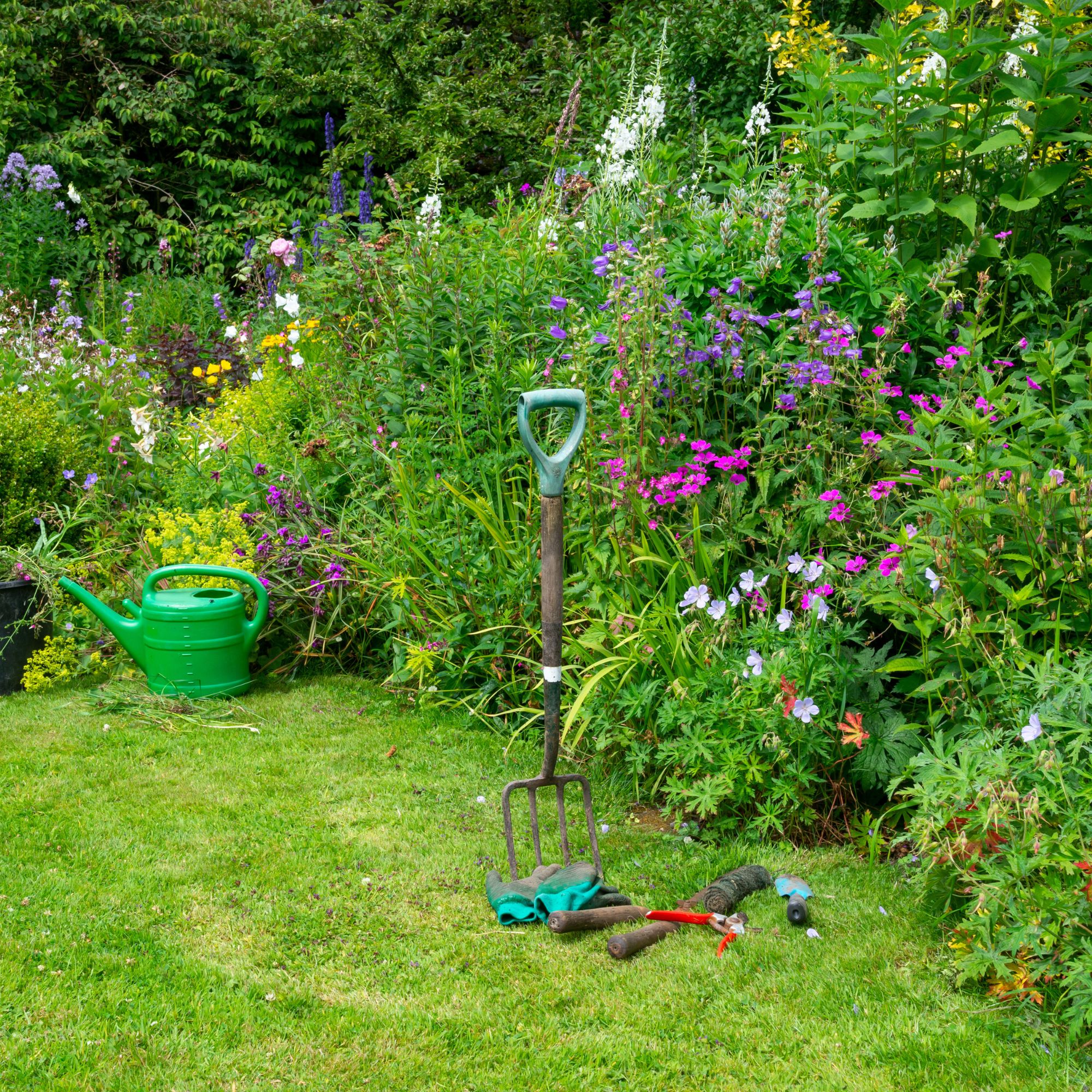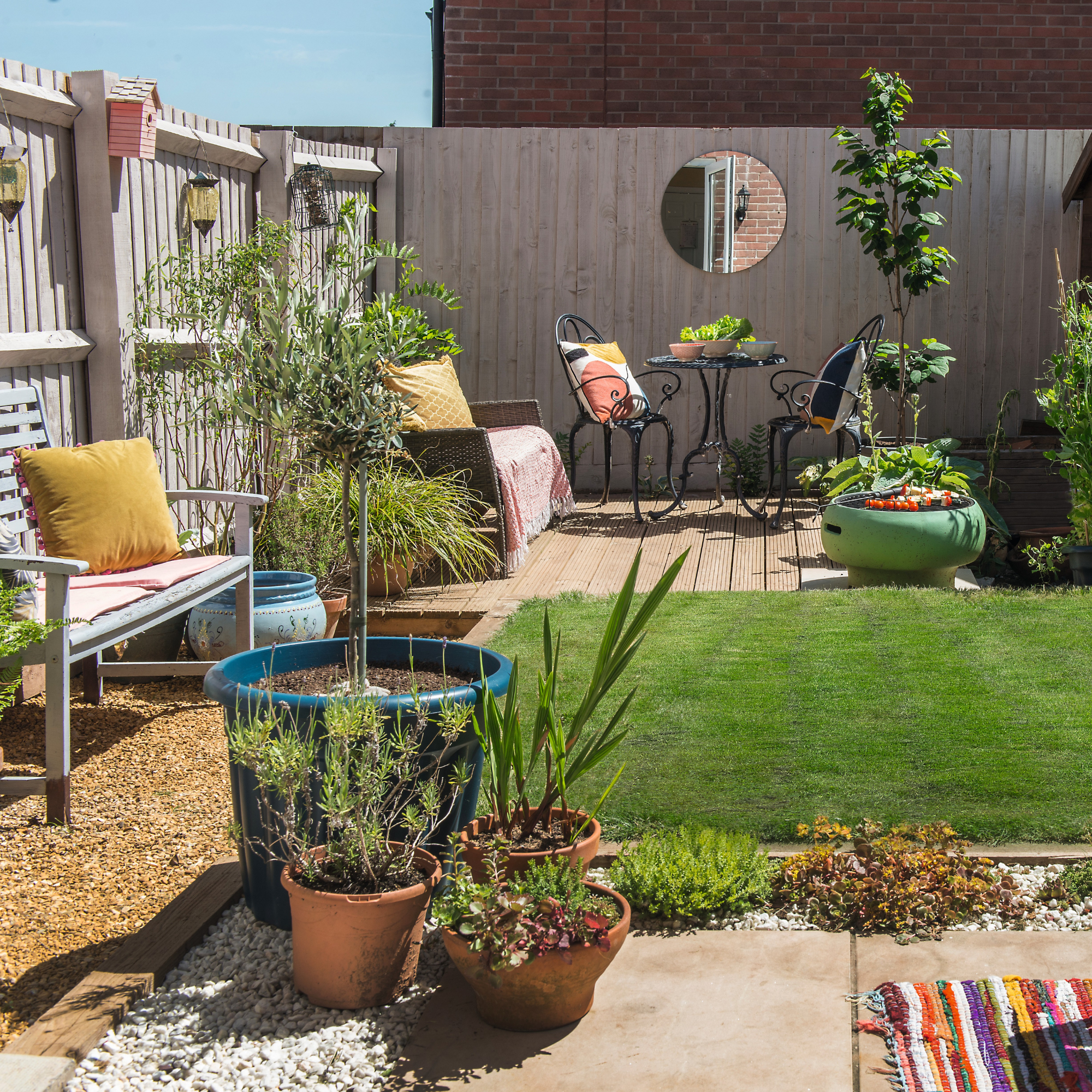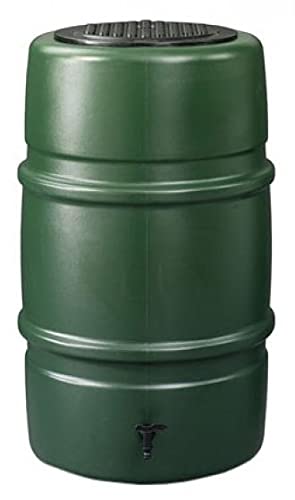Hosepipe bans have been issued for 7 million UK homes – these are all the affected areas
If you've been wondering, 'Have I got a hosepipe ban?', this is everything you need to know


The first hosepipe bans are coming into effect across the UK, following a third heatwave. These are the areas currently affected and how they apply to you.
You may have been wondering what is a hosepipe ban and the short answer is: it’s a ban on using a hosepipe connected to a mains water supply at your property. These typically come into effect after extended periods of low rainfall and are essentially a drought-prevention measure.
Right now, seven million Brits, that’s around 10% of the population, are facing hosepipe ban restrictions, with Yorkshire Water’s coming into effect last Friday (11 July). Both South East Water and Thames Water are implementing bans in the coming days. If you’ve been wondering, ‘Have I got a hosepipe ban?’, this is everything you need to know.
Yorkshire Water
Yorkshire Water was the first utility company to implement a hosepipe ban this year, with the ban affecting 5.5 million customers across the region.

This follows the driest spring in the UK since 1893, with Yorkshire Water reporting they hadn’t seen their reservoir levels increase since the last week of January. The ban, also known as a temporary usage ban, affects those who have their freshwater supplies from Yorkshire Water. If Yorkshire Water deals with your wastewater but not your freshwater supply, the ban does not apply to you.
The hosepipe ban prevents customers from using a hosepipe to water their garden or plants, cleaning, cars, patios, their home, windows and pathways, filling a paddling pool, hot tub, plunge pool or swimming pool and filling or maintaining a domestic pond or ornamental fountain.
If you’re wondering how to look after your lawn during a hosepipe ban, you can still carry out the aforementioned activities if you use a bucket or watering can, or use water that has not been sourced from mains water, such as a water butt.
Sign up to our newsletter for style inspiration, real homes, project and garden advice and shopping know-how
South East Water
The second water to implement a ban will be South East Water. Coming into effect on 18 July (this Friday), 1.4 million people across Kent and Sussex are likely to be affected. The company will also monitor the situation in the parts of Hampshire, Berkshire and Surrey that it supplies.

'Demand for drinking water in Kent and Sussex has reached record levels since May - with the ongoing warm and dry weather, we're all using far more water than usual,’ the company said in a statement.
‘This situation has left us with no choice but to restrict the use of hose pipes and sprinklers, so we can help our reservoirs and underground water storage recover.’
South East Water implemented the same ban in the summers of 2022 and 2023.
Thames Water
Coming into effect next Tuesday (22 July), Thames Water’s temporary usage ban is going to affect much of Swindon, Gloucestershire, Oxfordshire, Berkshire and Wiltshire. The restriction will affect 1.1 million people with postcodes beginning OX, GL, SN, RG4, RG8 and RG9.

‘This has been a challenging spring and summer with big spikes in customer demand during hot dry days and very little rainfall to replenish local supplies in the Thames Valley,’ said Nevil Muncaster, strategic water resources director at Thames Water.
‘Given the continued warm, dry weather, we do not anticipate that the situation will improve any time soon, so we have to take action now.’
If you’re not supplied by Yorkshire Water, South East Water or the postcodes stated by Thames Water, this ban does not apply to you. However, I recommend keeping an eye on updates from your water company, as more are expected to follow suit.
Whether your water company decides to impose a hosepipe ban depends on three things: local reservoir water levels, customer demand, and low amounts of rainfall. In the meantime, looking for ways to save water will help you get ready for any further hot weather or droughts this summer.

Kezia Reynolds joined the Ideal Home team as News Writer in September 2024. After graduating from City, University of London in 2022 with a bachelor’s degree in journalism, Kezia kicked off her career spending two years working on women’s weekly magazines. She is always on the lookout for the latest home news, finding you the best deals and trends - so you don’t miss a thing!
You must confirm your public display name before commenting
Please logout and then login again, you will then be prompted to enter your display name.
